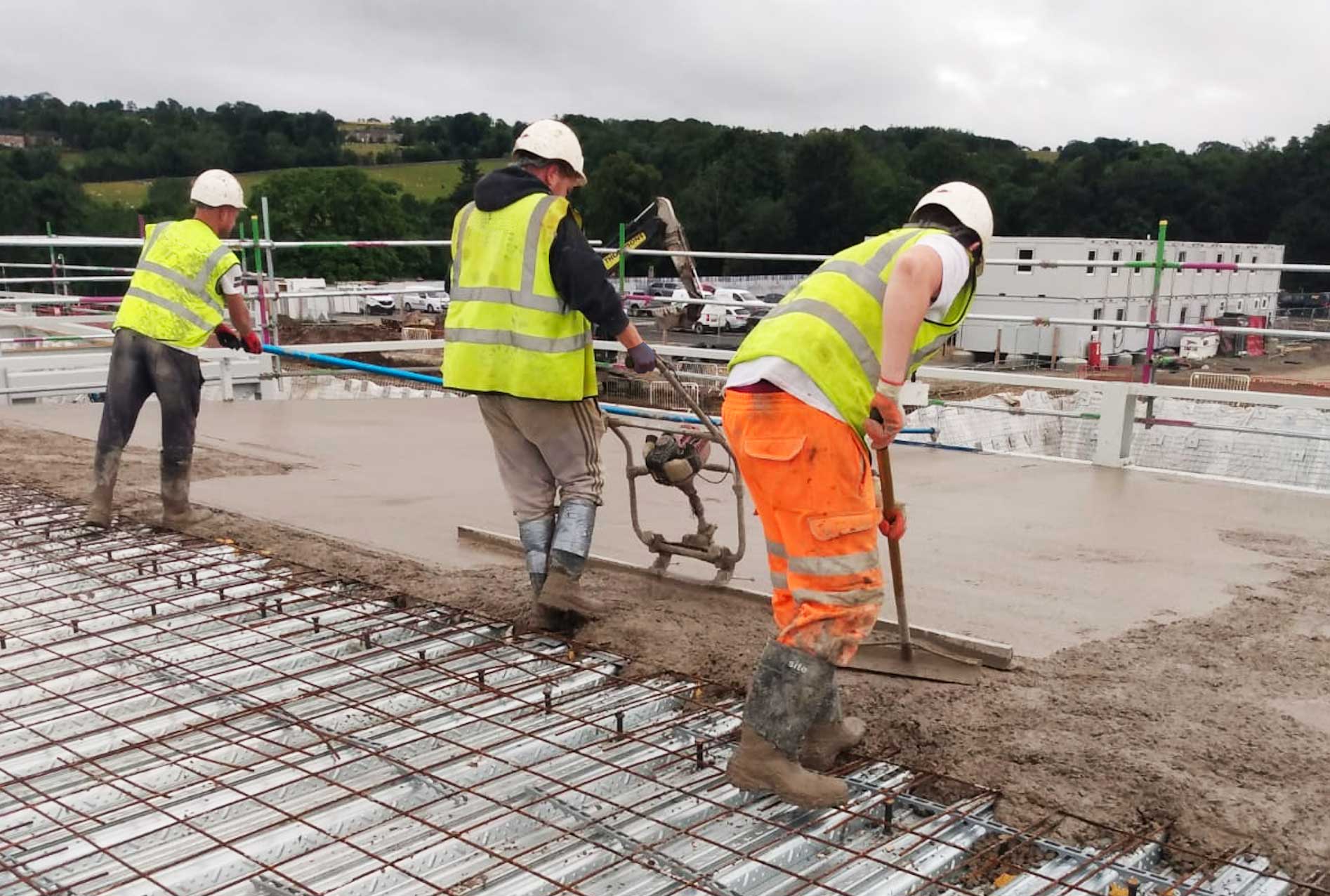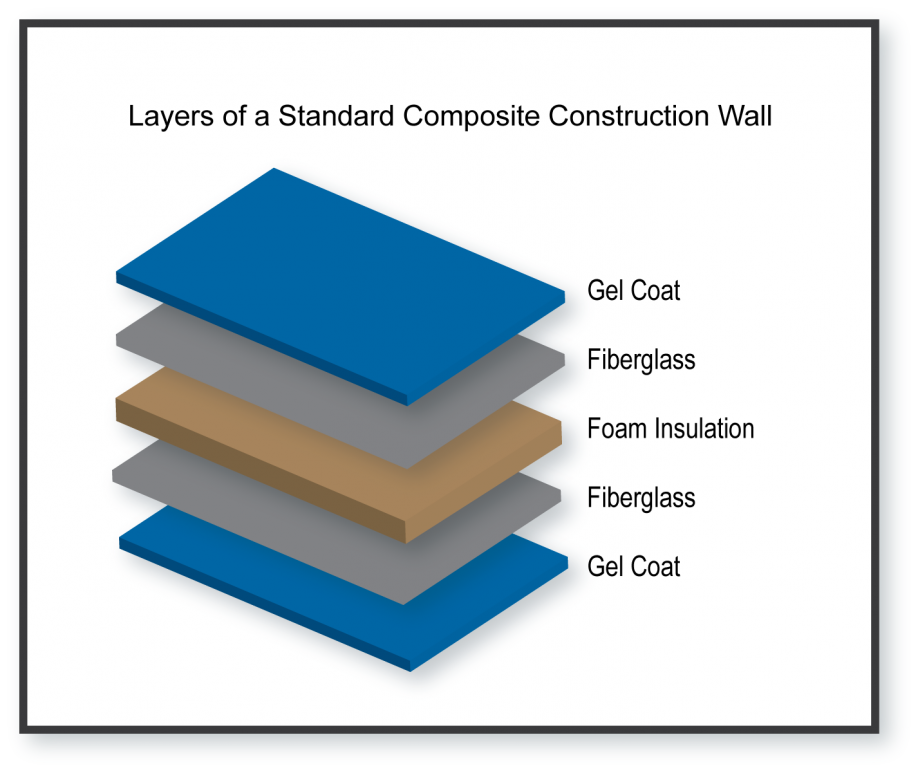Unlocking the Ecological Benefits of Recycled Composites in Construction and Layout
In the world of building and construction and style, the utilization of recycled compounds holds considerable pledge for enhancing sustainability techniques and minimizing ecological effect. The change towards a more lasting future in these sectors pivots on opening the full capacity of recycled compounds.

Ecological Impact Reduction
The reduction of environmental impact via making use of recycled compounds in building and design plays an important role in lasting methods. By including recycled composites right into structure materials, the building market can dramatically reduce its carbon impact and add to an extra environment-friendly future. These sustainable materials, made from repurposed plastics, wood fibers, or other recycled components, offer a viable alternative to traditional construction materials without endangering on quality or longevity.
Recycled compounds assist divert waste from landfills and lower the demand for drawing out resources, thus conserving natural sources. Additionally, the manufacturing procedure of these composites often takes in much less energy and discharges fewer greenhouse gases compared to producing virgin materials (composites). This change in the direction of using recycled compounds not just reduces environmental harm but additionally advertises a circular economy by motivating the reuse of materials that would otherwise be discarded
Waste Reduction
With a concentrate on minimizing waste in building and construction and design, the combination of recycled compounds offers a lasting remedy to decrease environmental influence. Waste minimization is an essential element of sustainable techniques, and making use of recycled compounds offers an opportunity to accomplish this goal properly. By utilizing products that have already served their first purpose, such as recycled plastics or redeemed wood fibers, the building and layout sectors can considerably reduce the quantity of waste produced and sent out to land fills.
Recycled compounds have the possible to draw away significant amounts of waste from conventional disposal approaches, adding to a much more circular economic climate where sources are made use of effectively. Additionally, the production process of recycled composites usually consumes less power and creates fewer discharges contrasted to virgin materials, further minimizing the environmental footprint of building and style projects.
Implementing waste reduction strategies with the unification of recycled composites not only helps in saving natural deposits however also advertises a more sustainable approach to building and making for a greener future.
Power Preservation
Incorporating recycled composites not only minimizes waste in construction and style but likewise plays a crucial function in enhancing energy preservation methods within the market. Making use of recycled composites in building can considerably add to power preservation via different ways. Firstly, the manufacturing of virgin materials generally requires significant power inputs, whereas using recycled useful source compounds consumes less energy, thus reducing general energy consumption. Additionally, incorporating recycled composites can add to much better insulation properties in structures, decreasing the need for excessive heating or cooling, and as a result reducing power usage for climate control. In addition, the light-weight nature of many recycled compounds can cause lighter structures, calling for much less power for transport and setup. By promoting using recycled composites in construction and design, the sector can make substantial strides towards accomplishing power effectiveness and lowering its carbon impact, inevitably contributing to a more sustainable built setting.
Carbon Impact Decrease
Enhancing sustainability techniques with the application of recycled composites in construction and layout substantially minimizes the carbon footprint of the sector. By incorporating recycled products right into the production of compounds, the requirement for virgin sources reduces, bring about lower energy usage and greenhouse gas discharges associated with standard production processes. This reduction in carbon impact is crucial in combating environment change and promoting a much more eco-friendly method to construction and style.
The carbon footprint reduction achieved with the adoption of recycled compounds aligns with the worldwide press towards sustainable practices and the reduction of industrial discharges. Eventually, by prioritizing the assimilation of recycled compounds, the market can make substantial strides in reducing its carbon footprint and contributing to an extra lasting future.
Lasting Future
The assimilation of recycled composites in building and construction and design not just addresses immediate environmental issues yet also lays a solid foundation for a lasting future in the market. By integrating recycled compounds right into moved here building materials and items, the building and style industries can considerably lower their dependence on virgin sources, resulting in an extra circular economic situation. This shift towards sustainability is critical for mitigating the environmental impact of standard building and construction methods, which commonly cause high levels of waste generation and source depletion.

Verdict
Finally, recycled compounds provide substantial environmental advantages in building and construction and style by decreasing ecological effect, lessening waste, conserving energy, reducing carbon footprint, and promoting a sustainable future. Accepting the usage of recycled composites can add to an extra environmentally-friendly technique to building and design, inevitably causing an extra sustainable and greener future for all.
The decrease of environmental impact through the usage of recycled composites in building and construction browse this site and design plays a critical duty in lasting methods.With a focus on lessening waste in building and style, the combination of recycled composites supplies a sustainable solution to minimize ecological influence. By promoting the use of recycled compounds in building and construction and layout, the market can make significant strides in the direction of accomplishing power performance and lowering its carbon impact, inevitably contributing to a much more lasting constructed atmosphere.
